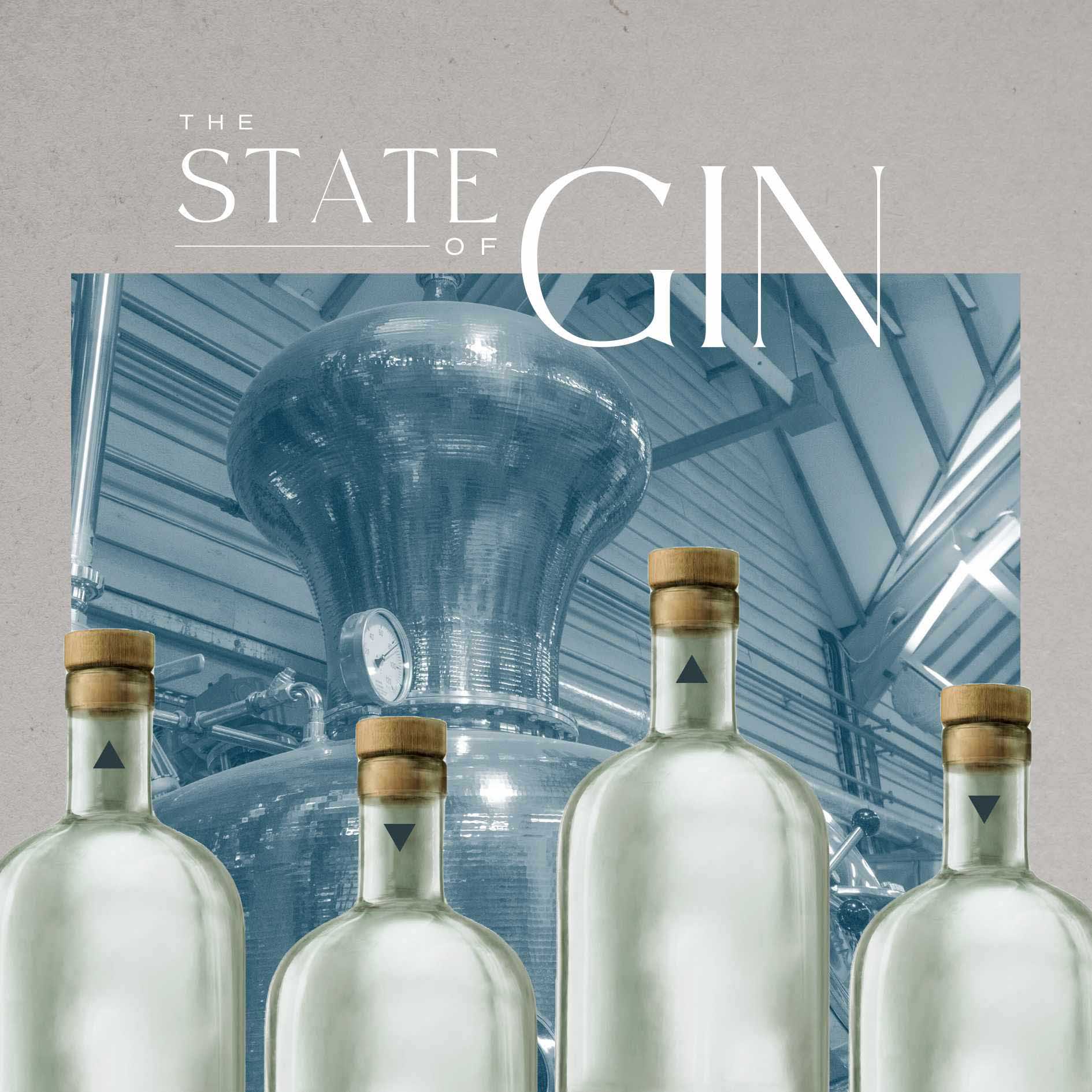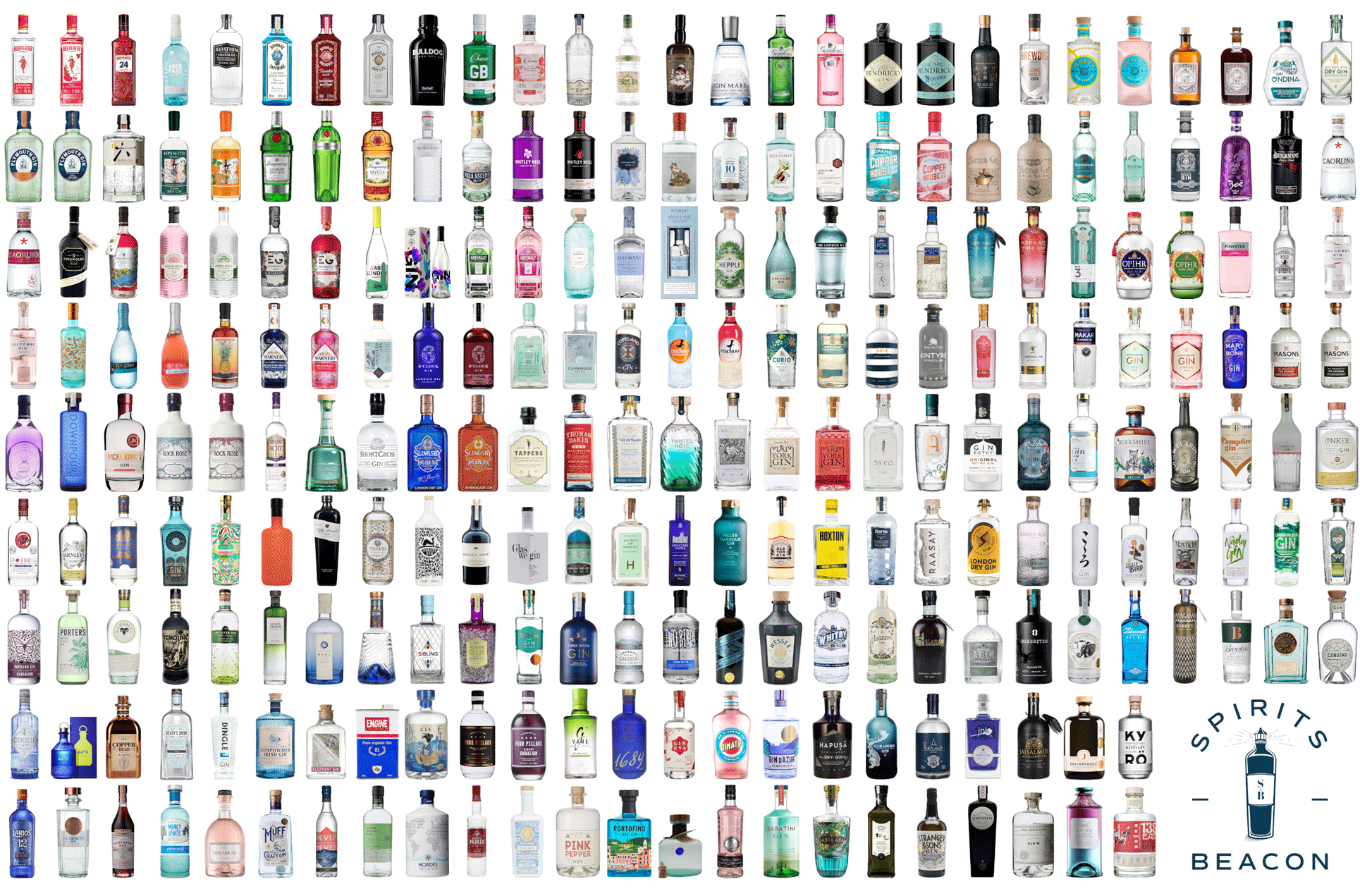

There are many ways to frame an insight article into Gin right now. Namely the ominous future that multiple closures point towards, to explaining the dwindling growth (or indeed decline) of both domestic and export sales.
It’s easy to see the uncertainty in the air but in all the turmoil, there’s a lot that isn’t being said about how amazing Gin remains as a category as we head into 2023.
I'll give you this - It is tough to cast aside the general ennui that surrounds the spirit amongst journos and bartenders right now. But write it off at your peril.
Personally, I find it strange that so many are negative about the state of gin today when the facts point to the opposite.
The UK remains by far the most intensely competitive market for gin anywhere in the world. If you love gin there has never been a better time to be drinking it. While that may not be the narrative that surrounds the category right now, it ought to be something we all take note of. We ought to be far more positive about the quality there is.
We should be far more vocal about what we have, not what's no longer able to survive.
Moreover, if you take a moment to understand why, you’ll also gain some unique insight into the category and what’s likely to happen in 2023.
To visualise the state of the category and explain why we should be proud of where Gin is right now rather than roll our eyes, I’ve created an infographic. I believe that it shows why the UK is the best gin market in the world, why Gin has managed to capture so much attention over the past ten years and why this year will be particularly interesting for all involved.
To help, I also split this insight piece into tabs so that you can fast forward to the bits you want to by clicking on the sub headers in the menu bar.

























